Potatoes in Raised Beds: A Growing Guide for Success
When it comes to cultivating potatoes, using raised beds can be a game-changer for your gardening efforts. In this comprehensive guide, we will take you through the steps to successfully grow potatoes in raised beds. Whether you’re a seasoned gardener or a novice, this article is designed to help you achieve a bountiful potato harvest that will make your garden the envy of the neighborhood.
Why Choose Raised Beds for Potatoes?
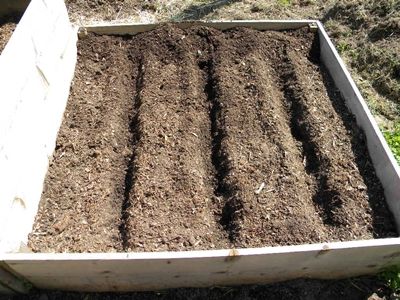
Raised beds offer several advantages when it comes to growing potatoes. Here’s why you should consider this method:
1. Improved Drainage
Raised beds provide better drainage compared to traditional in-ground planting. This is crucial for potatoes, as they can rot if the soil remains too waterlogged. With raised beds, excess water is less likely to accumulate, promoting healthier tuber development.
2. Enhanced Soil Quality
You have more control over the soil quality in raised beds. This means you can amend the soil to suit the specific needs of your potatoes, ensuring they receive the right nutrients for optimal growth.
3. Better Pest Control
Potatoes can fall victim to pests like underground critters. Raised beds offer a barrier to these invaders, reducing the risk of your precious spuds being nibbled on.
4. Easier Harvesting
Harvesting potatoes from raised beds is a breeze compared to digging through traditional garden soil. You’ll save time and effort by easily lifting your crop out of the raised bed.
Choosing the Right Location
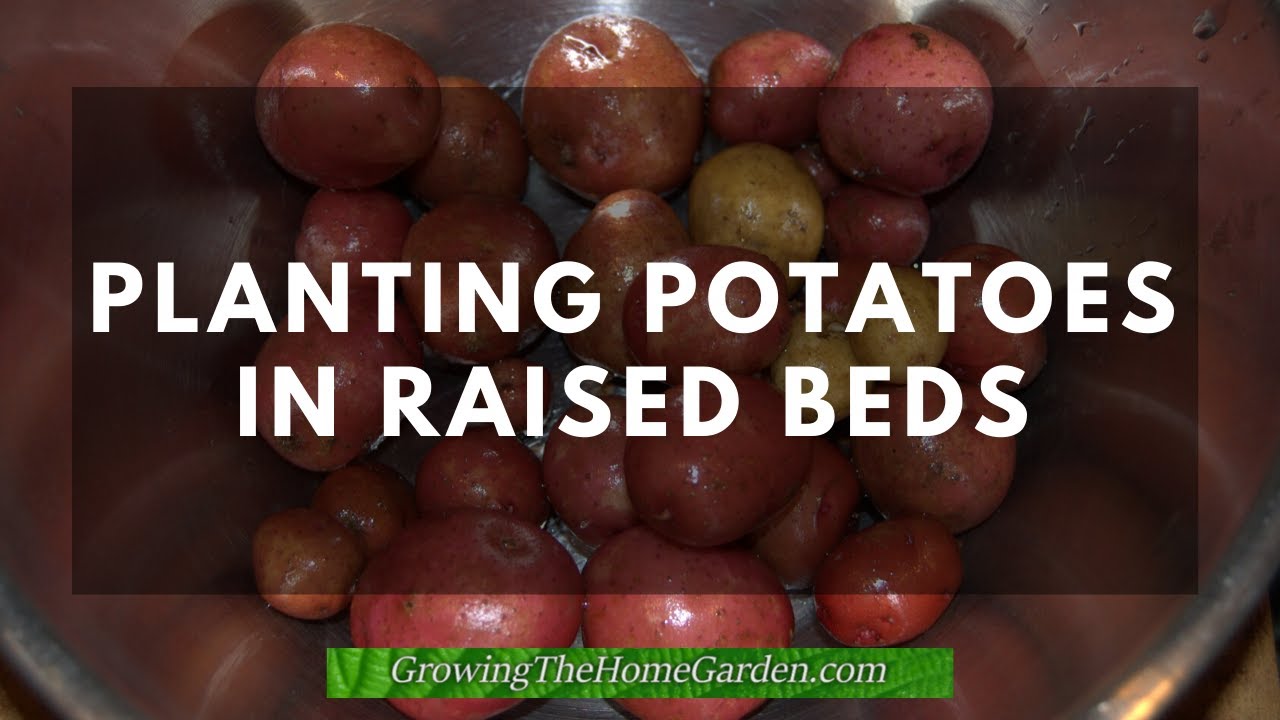
Now that you’ve decided to use raised beds for your potatoes, the first step is to select the perfect spot in your garden. Here’s what you should consider:
1. Sunlight
Potatoes thrive in full sun. Ensure that your raised beds receive at least 6-8 hours of sunlight per day for optimum growth.
2. Accessibility
Consider your convenience when choosing the location. You’ll be tending to your potatoes regularly, so pick a spot that’s easily accessible.
3. Size and Space
Determine the size of your raised bed and ensure there’s enough space between each bed. Potatoes need room to grow, so avoid overcrowding.
Building Your Raised Beds
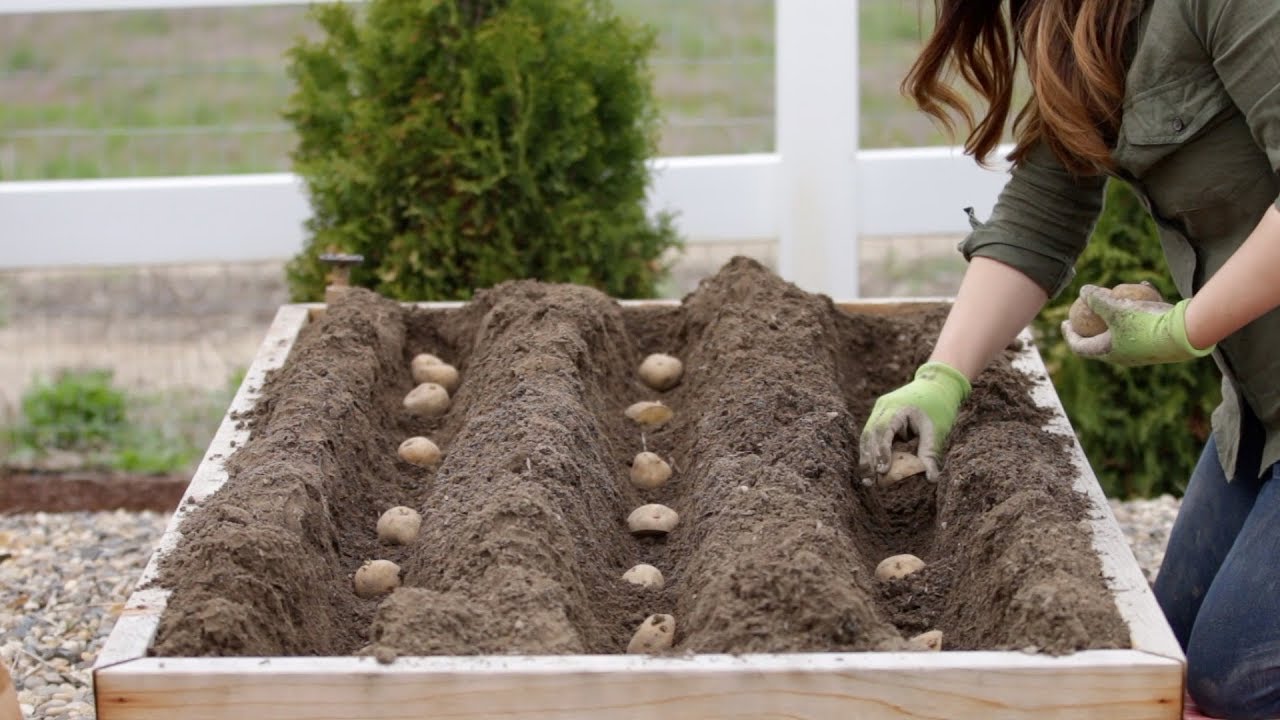
Now that you’ve chosen the right location, it’s time to build your raised beds. Follow these steps:
1. Gather Materials
You’ll need lumber, screws, a saw, and a drill to construct your raised beds. Make sure the wood is untreated to prevent any harmful chemicals from leaching into your soil.
2. Frame the Beds
Cut your lumber to the desired length and assemble the frames for your raised beds. Secure the corners with screws, creating a sturdy structure.
3. Add Soil
Fill your raised beds with a mix of garden soil, compost, and organic matter. This nutrient-rich blend will provide your potatoes with everything they need to thrive.
Planting Potatoes
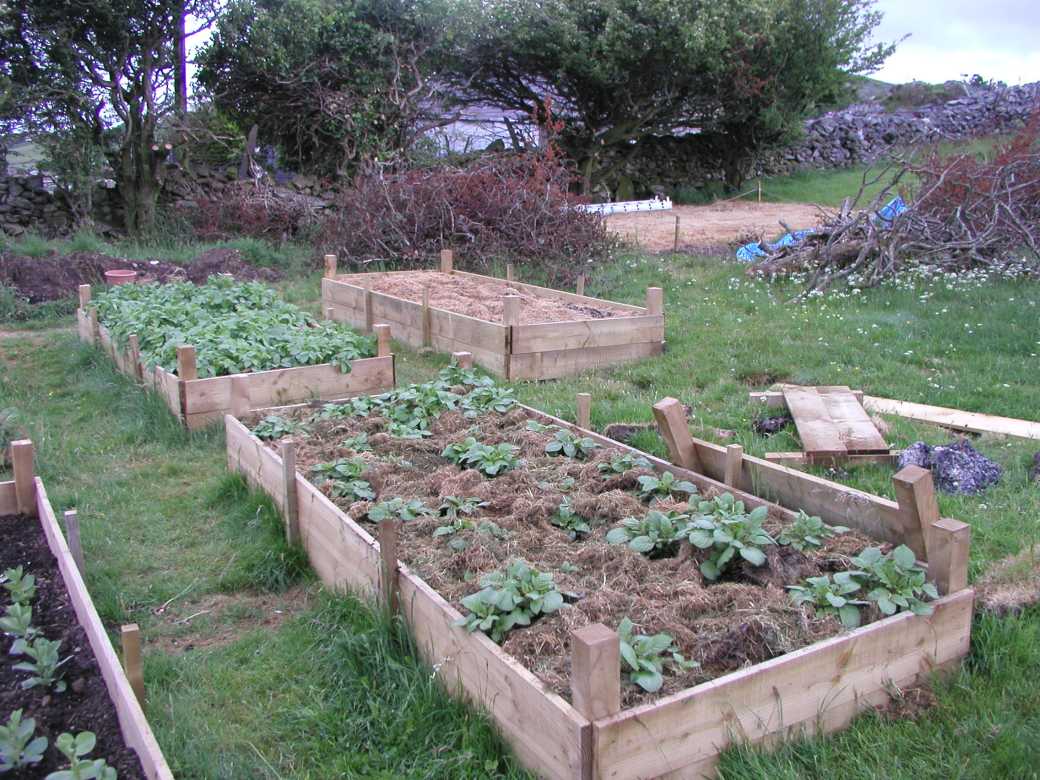
With your raised beds ready, it’s time to plant your potatoes. Follow these steps for a successful planting process:
1. Seed Potatoes
Start with certified seed potatoes from a reputable source. Cut them into smaller pieces, ensuring each piece has at least one eye.
2. Planting Depth
Place your seed potatoes around 3 inches deep in the soil. Spacing should be about 12 inches apart in rows, with 24 inches between rows.
3. Watering
Water your potatoes thoroughly after planting. Keep the soil consistently moist but not waterlogged.
Caring for Your Potato Plants

Potatoes require some care to ensure a successful harvest. Here’s what you should do:
1. Hilling
As your potato plants grow, periodically hill up soil around the base of the plants. This promotes tuber development and prevents them from turning green.
2. Fertilizing
Throughout the growing season, provide your potato plants with a balanced fertilizer to keep them healthy and vigorous.
3. Pest and Disease Management
Regularly inspect your plants for signs of pests or diseases. Early intervention is key to preventing major issues.
4. Harvesting
Harvest your potatoes when the plants have flowered and the foliage begins to turn yellow. Carefully dig them up to avoid damaging the tubers.
FAQ1. When is the best time to plant potatoes in raised beds?
The ideal time to plant potatoes in raised beds is in early spring, as soon as the soil can be worked.
2. Can I reuse the soil in my raised beds for the next potato season?
Yes, you can. Simply amend the soil with compost and other organic matter before planting your next crop of potatoes.
3. How deep should the raised beds be for growing potatoes?
A depth of at least 12 inches is recommended for raised beds to ensure there’s enough space for the potato roots to grow.
4. What varieties of potatoes are best for raised beds?
Most potato varieties can be grown in raised beds. Choose those that suit your taste and cooking preferences.
Conclusion
By following these steps and tips, you can successfully grow potatoes in raised beds. The benefits of improved drainage, enhanced soil quality, and easier pest control make raised beds an excellent choice for cultivating these delicious tubers. With the right care and attention, your garden will yield a bountiful potato harvest that’s sure to impress. Happy gardening!
tag
- chicken feed
- how to Keep Chickens Off Your Porch
- How to grow oyster mushrooms at home
- Growing Kale in Pots
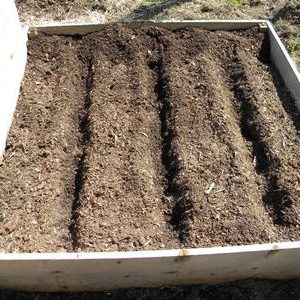
No Responses